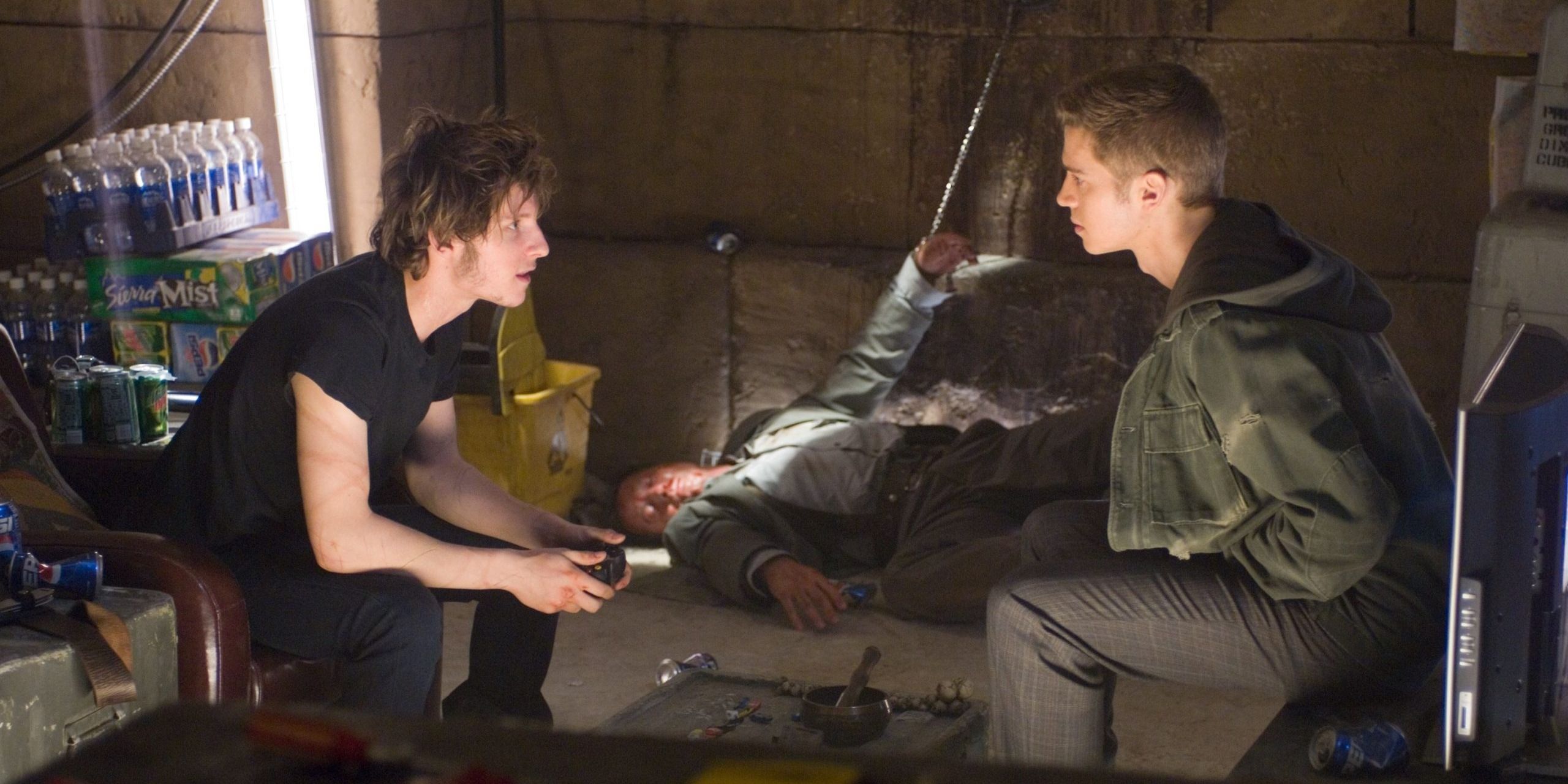Star Wars star Hayden Christensen may be best known for his Force abilities, but VFX artists have nothing but praise for the special effects featured in another of his sci-fi outings. Beginning his acting career at just 12 years of age, Christensen would eventually make his feature film debut in the 1994 John Carpenter horror film, In The Mouth of Madness. However, in May 2000, Christensen rapidly rose to international fame when it was announced that he would play the young adult version of Anakin Skywalker in Star Wars: Episode II – Attack of the Clones.
Playing not only the impetuous young Jedi Knight who would later become the Star Wars galaxy’s most feared Sith Lord, Christensen would also insist on personally wearing Darth Vader’s iconic armor during the final moments of 2005’s Revenge of the Sith. Following the conclusion of the Star Wars prequel trilogy, Christensen would lend his talents to several smaller projects before ultimately making his return to the Star Wars franchise in 2022’s Obi-Wan Kenobi and 2023’s Ahsoka.
Christensen’s Jumper Makes The Most Of Clever VFX Tricks
Teleportation Effects Can Be Heightened With Simple Additions
While Christensen’s time in the Star Wars universe has left him intimately familiar with large-scale visual effects, his 2008 sci-fi outing Jumper highlights the immense potential that comes with doing comparatively simple effects well. The movie itself was critically panned, with only a 15% approval rating on Rotten Tomatoes and an audience score of 44%.
The VFX artists at Corridor Crew turn their attention to the teleportation effects. Focusing on the fight scene between Christensen’s David Rice and Jamie Bell’s renegade Jumper, Griffin O’Connor at the Colosseum, Wren Weichman reveals the scene includes multiple versions of the characters in a single moving shot which is achieved by using multiple stuntmen and replacing their faces during post-production. While parts of the scene were filmed on location at the Colosseum, most of the fight sequence was shot on a sound stage where the historical structure’s interior had been faithfully recreated.
That shot right there, that’s Jamie Bell on the right, and then [again] up there all in the same shot. They’re not really doing digi-doubles either. So they actually have multiple stunt guys, who look just like them, and they have dots on their faces and they’re doing face replacements.
As for the actual teleportation effect itself, the trio explains that to make the transition appear kinetic it is necessary to avoid doing a simple hard cut. Instead, a single frame of film needs to be added to provide the illusion of something else happening. As Niko Pueringer points out, this is best achieved with a standard frame rate of 24 frames per second.
There’s something magical about 24 frames per second. Like we could have movies at any frame rate we want to, [but] 24 frames per second is a magical amount of frames per second where we see the motion, but we see every individual frame. Once you get to 30 frames per second it gets really hard for the average human to pick up an individual frame. At 24 frames per second, you see that muzzle flash that’s there for one frame, and as an artist you have a lot of power with one frame to do something. Like in Jumper, and you get that one frame of like just the wisp being there or the hair flipping up.
Our Take On Christensen’s Jumper
Impressive Effects Were Let Down By A Muddled Script
Despite its impressive use of visual effects, Christensen’s first science fiction outing following the Star Wars prequels was far from a critical success. Lambasted by critics, most reviewers suggested that despite the movie’s interesting premise and impressive effects, it was ultimately let down by a lifeless script that lacked coherence and adequate pacing.
Yet, despite the movie’s narrative issues, the underlying premise has already managed to attain some degree of atonement in the following years. While plans for a Jumper sequel never eventuated, in 2018 a spinoff television series Impulse introduced a new 16-year Jumper named Henrietta “Henry” Coles who discovers her abilities are triggered by emotional distress. Based on the third novel in Steven Gould’s original Jumper novel series, the critical response to the show was a vast improvement over the original Jumper, and for many, it even helped to make up for its various shortcomings.
Source: Corridor Crew


